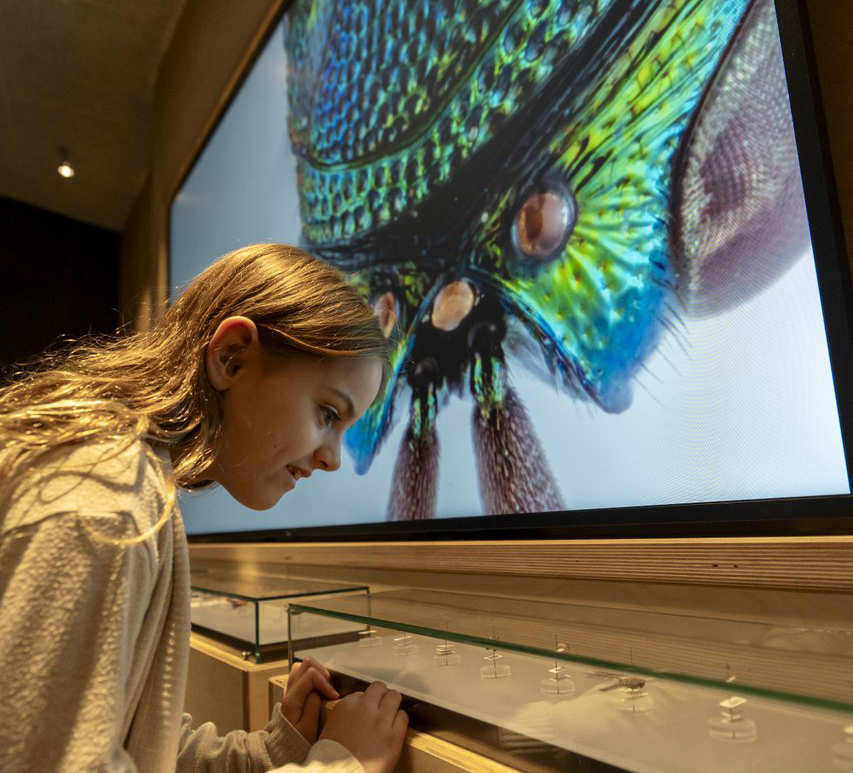settling-Mary-Weekes/beadwork.jpg)
Sometimes there are treasures right under your nose and you just don’t notice them. Here at the museum I have been looking at the file for the Mary Weekes Collection for several years and never really appreciated what I was looking at until recently. A young scholar, Manon Gaudet came asking if we had any information on a lady named Mary Weekes who was from Saskatchewan. "Well yes, actually we do," I responded. I proceeded to pull out a couple of files with a whole bunch of information on Mary Weekes herself and information related to the collected materials/objects that we have here from her.
Manon has recently defended her Master’s thesis at Carlton University entitled, (Un)settling Mary Weekes: Collecting Indigenous Beadwork and Confronting Settler Identity in Twentieth-Century Saskatchewan (2016). Using materials from the files here at the Royal Saskatchewan Museum, Sask Archives, Weekes descendants and other sources, Manon has completed an in-depth study of what was a “life’s work” for Mary Weekes, what people might describe as a “calling”. It is a fascinating examination of the settler experience, the kind that we can only get after the fact, when looking back at what they left behind and what that can tell us about what life was like in their times. It was a colonial experience that shaped and changed Mary through her lifetime. Mary collected Indigenous beadwork from southern Saskatchewan, primarily from around the Echo Lake area where Cree, Saulteaux and Dakota people live on Reserve lands. Mary invited local people into her cottage for tea and cakes and bought special beadwork pieces that had been created by some of the local women who chose to sell them. While it sounds simple, the whole relationship was filled with a complexity that we can tease apart today with reflective eyes that reveal a discomfort Mary never totally confronted.
settling-Mary-Weekes/maryweekes.jpg)
Who was Mary Weekes? Born, Mary Loretto Girroir(1884-1980), in Tracadie, Nova Scotia, she was from a privileged background that broke down in her young life as she experienced a broken home and separation from her siblings. The story is not clear, but she ended up with her mother in Boston where she trained as a nurse. In 1914 she married Melville Weekes, a land surveyor from Regina, where they settled down. She became a mother to three sons between 1915 and 1925. She never worked as a nurse in Regina but began to pursue a writing career along with collecting Indigenous-made objects. She was a member of the Local Council of Women. During the ensuing years Mary became a renowned Canadian author, writing many articles and books related to Indigenous topics. Mary and Melvin were part of ‘higher’ Regina society. In the pursuit of stories and objects of local Indigenous peoples, Mary became “un-settled”, according to Manon, as she began to recognize her complicit role in colonialism, while simultaneously viewing herself as a ‘friend’ of many people from the reserves near her cottage at Echo Lake. I think this thesis will be of interest to many with its thought-provoking ideas and arguments on Mary’s authorship and collecting. The Mary Weekes Collection is part of the Ethnology Collection at the Royal Saskatchewan Museum. Several pairs of moccasins and a valence from the Weekes collection are on display in the First Nations Gallery.

